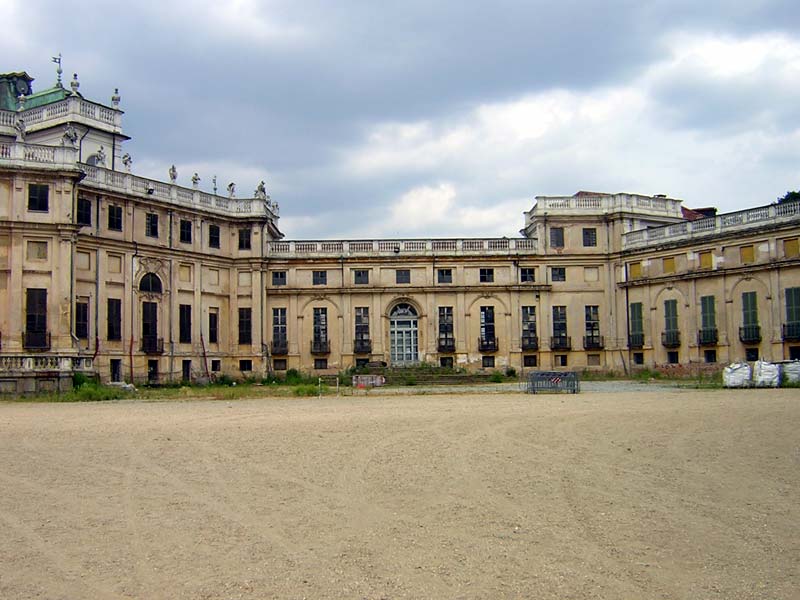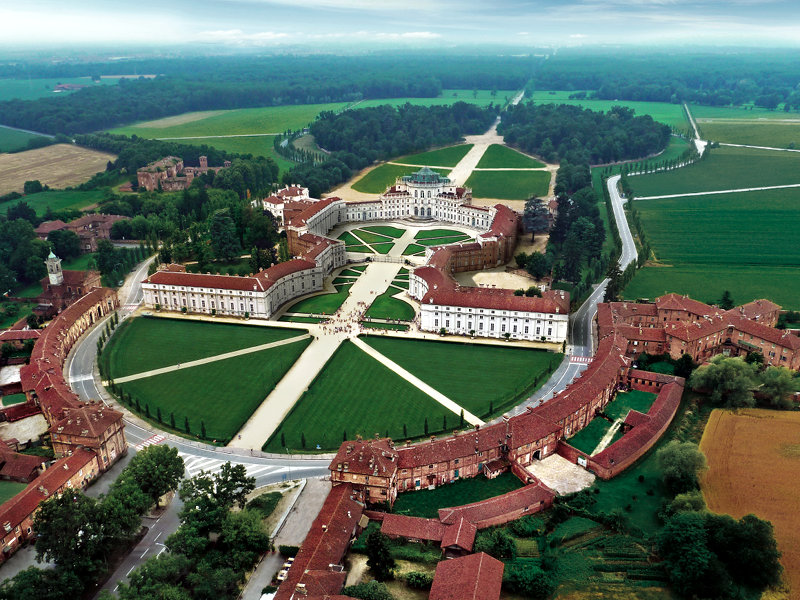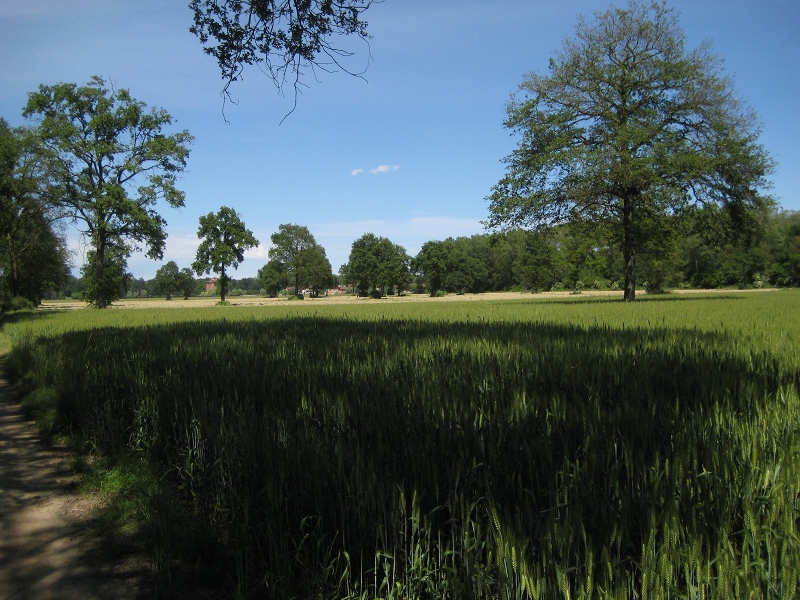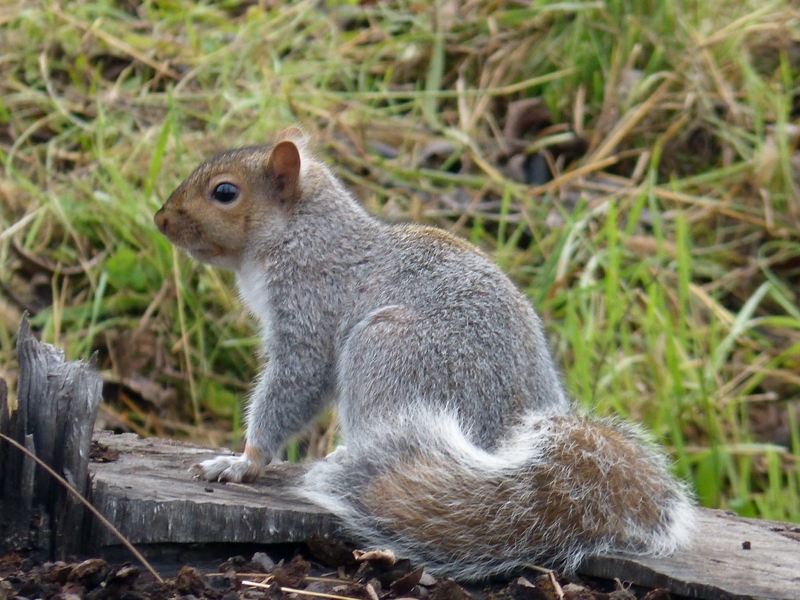Protected Area
Identity Card
- Land Surface Area: 1'611.26 ha
- Protected wildlife: 75 species (Italian text)
- Habitats: 9 types (Italian text)
- Regions: Piemonte
- Provinces: Torino
- Municipalities: Candiolo, Nichelino, Orbassano
- Establishment Measures: LR 1 14/01/1992
- PA Official List: EUAP0222
- Park Authority: Ente di gestione delle aree protette dei Parchi Reali
Nature
The Park includes the surrounding woodlands and agricultural fields
which are the environmental support of the main settlement, to which
they are functionally and economically linked.
The protected area
consists of cultivated lands alternating with woodlands which are a
fragment of a plain wood; moreover, there are some rare botanical
species, sometimes relict species.
The
wood represents a shelter and a vital environment for many wildlife
species: among the others, hares, red squirrels, dormice, foxes, and
weasels.
In the Park there are both resident and migratory bird species, like the white stork, the tree pipit, and the rock pipit.
History
The medieval territory of "Stoponito", full of spring waters, owes its population to the Abbeys of Staffarda and Rivalta.
The territory defined in the Middle Ages already had a small castle, still visible to the east of the building (via Vinovo di Stupinigi), which in ancient times defended the town of Moncalieri: it was a possession of the Savoy-Achaia, a cadet branch of the dynasty, but it passed under the property of Amadeus VIII of Savoy when the last of the Achaia died in 1418.
Amedeo VIII left it in ownership in 1439 to a member of the family, the Marquis Pallavicino di Zibello, but the Savoys regained possession of it when Emanuele Filiberto claimed the property in 1564. The castle and adjacent lands were left to the duke's will to the Mauritian Order.
Geomophology
The territory of Stupinigi represents an important landscape border. If you look at the two waterways, the Sangone to the north and the Chisola to the south, you could only be struck by the difference of their bed: the first is recessed and rectilinear, the second shallow and meandering. Even a fleeting glance at the soils could provide a clue: of brick color (not far extensively quarried for the local furnaces) around the concentric, grey in color and often soaked in water in the Park area.
Environments and vegetation
The high naturalistic interest of the area is given mainly by the extensive forest area that has been kept intact over time.
Fauna
The ornithic community of the site is composed of 95 species of birds, of which over 60 are nesting. From an ecological point of view, the forest birdlife is the most numerous and rich in species, above all among the nesting, around 40, while the ornithocenosis of agricultural environments has strongly reduced in the last decades due to the traditional crops in favour of maize and reduction of field hedges.











